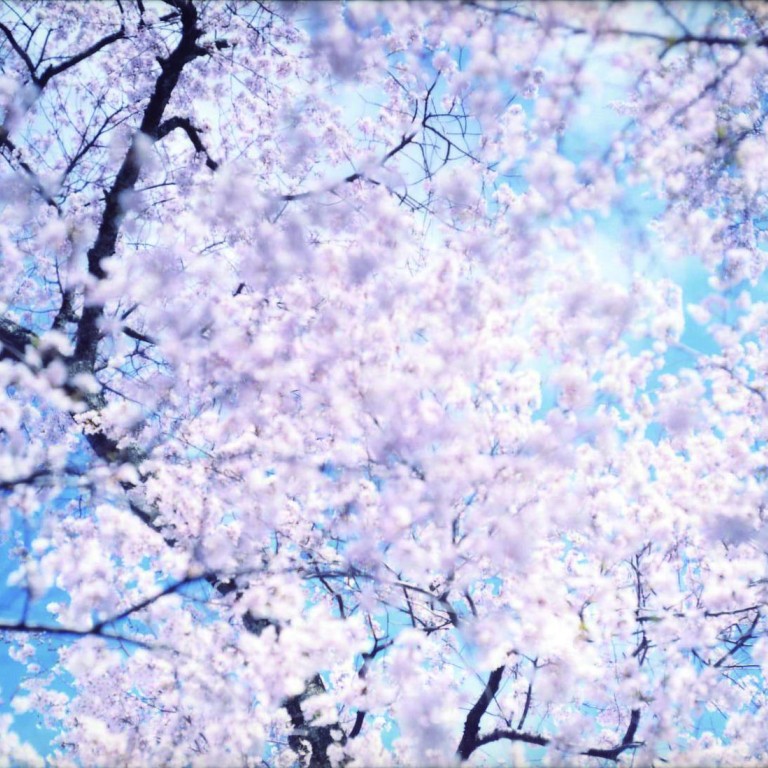
Japan's contemporary history told through photography
Key works by masters such as Nobuyoshi Araki, Daido Moriyama and Risaku Suzuki are showcased alongside those by 20 other Japanese photographers at the Hong Kong Arts Centre. "Gazing at the Contemporary World: Japanese Photography from the 1970s to the Present" is a travelling show that makes use of the collection of The Japan Foundation, which co-presents it with the Consulate-General of Japan in Hong Kong.
GAZING AT THE CONTEMPORARY WORLD: JAPANESE PHOTOGRAPHY FROM THE 1970s TO THE PRESENT
Hong Kong Arts Centre
Key works by masters such as Nobuyoshi Araki, Daido Moriyama and Risaku Suzuki are showcased alongside those by 20 other Japanese photographers at the Hong Kong Arts Centre. "Gazing at the Contemporary World: Japanese Photography from the 1970s to the Present" is a travelling show that makes use of the collection of The Japan Foundation, which co-presents it with the Consulate-General of Japan in Hong Kong.
As an introduction to the country's contemporary photography, it is structured around two main themes: "Changing Landscapes", that covers urban, suburban and the natural world; and "A Changing Society", which documents the activities of humans as social beings.

"It shows the transformation of Japanese society and the change in photographic expression at the time," says curator Rei Masuda of Tokyo's National Museum of Modern Art, who put together this show in 2006. "In order to configure the concept, we have also chosen some recent works by younger photographers."
Highlights of the exhibition include Kikuji Kawada's "Last Cosmology" series, which started in 1979 and "expresses a symbolical motif in the operation of a celestial body", and Ryuji Miyamoto's "Kobe 1995, After the Earthquake" series, which captured the demolition and reconstruction of whole areas of various Japanese cities.

The decades-spanning representative works offer viewers an enlightening overview. Masuda says, "I believe when you take a look at the catalogue, there's a certain kind of pattern that can be seen. The variety of representation deployed at the same period of time, has been a feature of contemporary photographic expression since the 1970s.
"It is not a framework that has been given in advance but is, instead, each photographer's creation as he faces the real world," he says.

